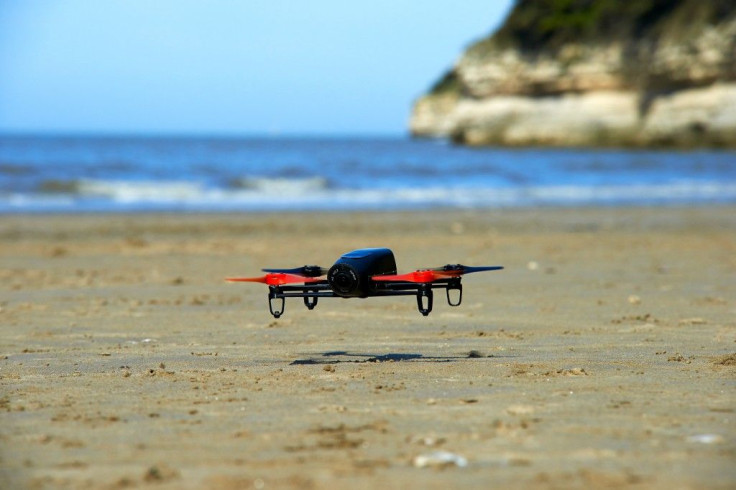Camera-Equipped Drone Allows Oculus Rift Users To Be The Eye In The Sky
Eye in the sky allows consumers to 'be' the drone on an Oculus Rift

Parrot, the French manufacturer known for making toy drones, has developed a model that connects to the Oculus Rift to give users a virtual flight.
While 12 minutes of battery life might prevent any flights to Everest with the Parrot Bebop, the new tech shows that Facebook Inc.'s (NASDAQ:FB) acquisition of the VR headset company will target more than just the videogame crowd, while raising questions about how consumer use of drones will affect privacy.
According to the Federal Aviation Administration, the devices are acceptable in the U.S. so long as they are not used for commercial or business purposes. “Flying model aircraft – including an unmanned aircraft like the new Parrot model – solely for hobby or recreational reasons does not require FAA approval,” spokesman Les Dorr told International Business Times. “But hobbyists should operate according to the agency's model aircraft guidance.”

That means as long as an aircraft is below 400 feet altitude, and away from airports and air traffic, the device is fine for use by regular folks.
The Parrot Bebop is a far cry from the gas-powered drones flown by militaries worldwide, and offers little function other than the 180-degree fisheye lens camera mounted at its center. The Bebop is Parrot’s AR Drone 3.0, or the third model in the company’s lineup. AR, or augmented reality, means real-world interaction with the small flying machines is coupled with a virtual reality game, often played on the user’s phone or tablet.
With the addition of accessories, the Parrot Bebop can send a live video feed to the Oculus Rift with a 14-megapixel camera that can pan and even tilt as the drone hovers. This is thanks to the Bebop’s camera, which has a 180-degree field of view and captures more video than users see. Oculus Rift wearers can turn their head for a bird’s eye view, and using the new Skycontroller, which connects to a user’s smartphone or tablet, the Parrot Bebop can be controlled up to 1.25 miles.
The drone has GPS chips for takeoff and landing, and an 8-gigabyte hard drive to record still photos and video. Parrot has not announced pricing for the Bebop, but says it will cost more than the Parrot AR Drone 2.0 ($300) and models from competitors like Phantom, which charges $1,000 for a camera-equipped consumer drone.
Anyone with the cash will be able to become the "eye in the sky" when Parrot releases the AR Drone 3.0 in the last three months of 2014. Is the prospect exciting, or a scary reminder of how little privacy we have in the digital world? Let us know in the comments below.
© Copyright IBTimes 2024. All rights reserved.





















